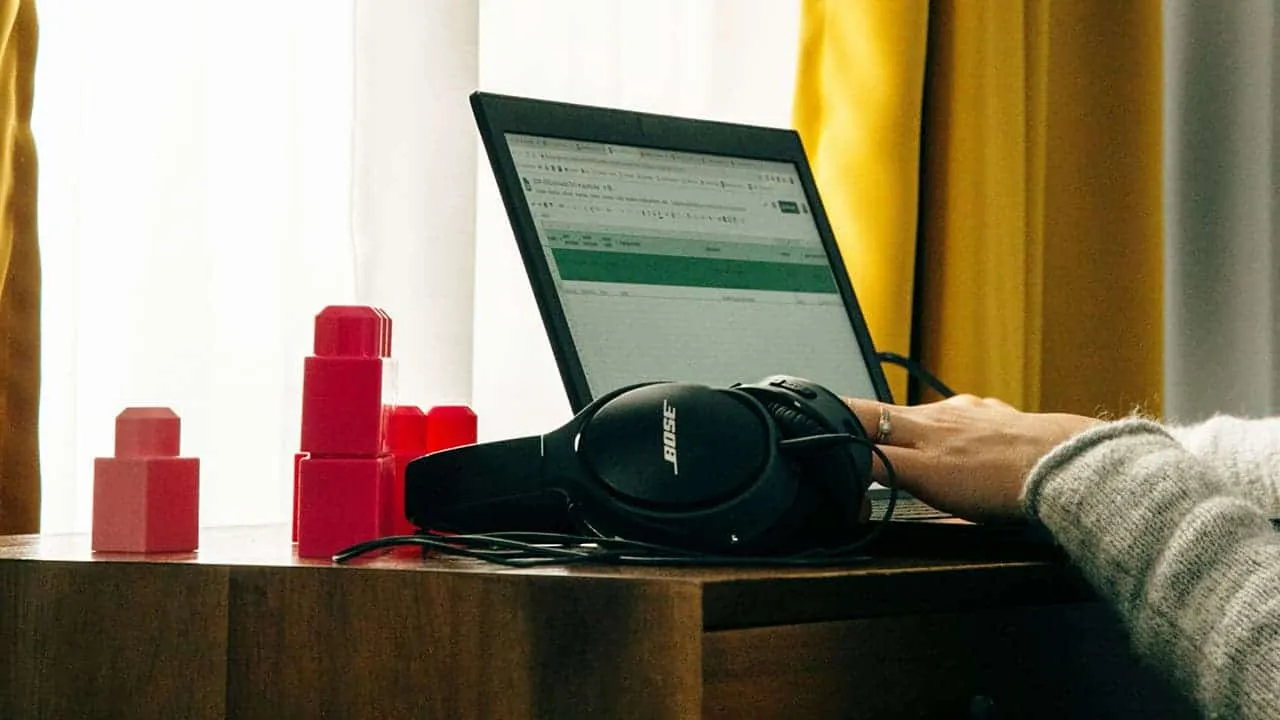
Have you ever felt the frustration of your headphones breaking just months after buying them? You're not alone. You may blame faulty products for constant headphone replacements. But the truth is, many of us mistreat our headphones without realizing it. By making a few simple changes to your habits, you can significantly extend the life of your audio gear. Let's dive into how to prolong the lifespan of headphones.
Routine Cleanings Can Go a Long Way
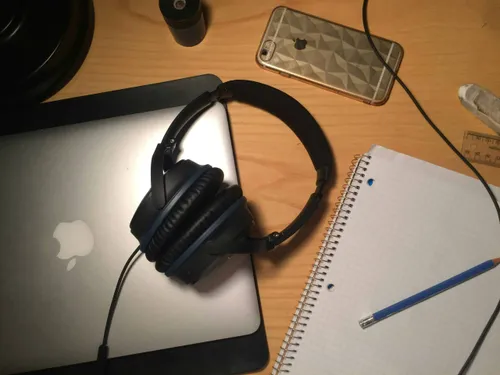
Dirt, sweat, and moisture are your headphones' worst enemies. Regular cleaning is crucial to prevent damage and maintain optimal audio quality.
Start by wiping down your headphones about once a week with a slightly damp, lint-free cloth. This simple step removes surface dirt and prevents buildup. For a deeper clean, do a more thorough cleaning every month. Gently remove the earpads and clean them with a mild cleaning solution like isopropyl alcohol or hydrogen peroxide.
A word of caution: Be careful when using alcohol on your headphones. Some materials might not tolerate strong alcohol solutions. It's always best to check the manufacturer's recommendations or stick to a damp cloth.
To clean the inner workings of your headphones, carefully remove any hair or debris from the drivers using tweezers. Be gentle to avoid pushing dirt further in. Gently wipe the driver with a cloth dampened with isopropyl alcohol, ensuring it faces downward to prevent moisture damage. For stubborn dirt, use a damp Q-tip or soft-bristled toothbrush. Once you've finished, allow everything to air dry completely before reassembling your headphones.
Handle Your Headphones with Care
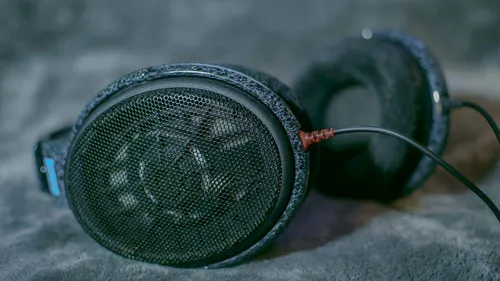
Every pair of headphones has its weak points. The cable, connection points, drivers, headband, and hinges are particularly vulnerable. To protect these sensitive areas, handle your headphones with care.
Always unplug your wired headphones by gripping the plug instead of pulling the cable. This prevents wear and tear on the cable near the connector. While it may seem obvious, avoiding drops is essential to prolong your headphones' lifespan. Ensure a secure fit by wearing them correctly and choosing headphones that fit your head snugly. A loose fit increases the risk of accidental drops.
Coil Your Headphones Correctly

Properly coiling your headphones can significantly extend their lifespan. Begin by untangling any knots or twists in the cable. Leaving your headphones in a tangled mess can damage the internal wiring. Straightening the cable also helps maintain consistent sound quality.
To straighten the cable, gently run your fingers along its length. For stubborn twists, you can place a weight on one end of the cable and lay it flat for a day or two. Once straight, wrap the cable around three of your fingers, creating a loose coil. Thread the remaining cable through the coil, avoiding tight pulls that can damage the cord.
By following these steps, you can help prevent cable wear and ensure your headphones stay tangle-free.
Protect Your Headphones from Humidity

Moisture is a headphone's worst enemy. It can damage the padding and corrode the internal components. To protect your headphones from humidity, keep them in a dry environment. Avoid areas with high humidity levels, such as bathrooms and kitchens.
If you live in a humid climate, consider using silica gel packets to absorb moisture. Place these packets in your headphone case or storage area and replace them every six to twelve months.
Did the headphones get wet? Immediately dry them with a cloth. Place them in a container with silica gel packets and let them air dry completely. Avoid using heat sources like hair dryers, as this can cause irreversible damage.
By taking these precautions, you can significantly reduce the risk of moisture-related damage to your headphones.
Only Match with Compatible Devices
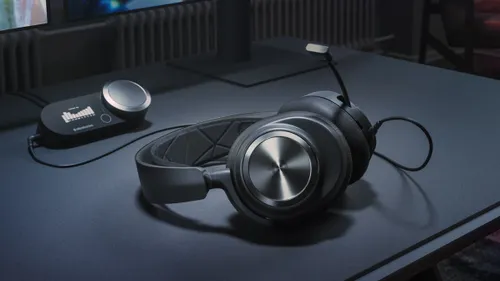
Headphones work by converting electrical signals into sound waves. Impedance is the resistance to the flow of this electrical current. It's measured in ohms. If the current flowing through your headphones is too high, it can damage them.
For most people, impedance isn't a major concern. Most headphones have an impedance between 16 and 32 ohms, making them compatible with smartphones, tablets, and laptops. However, if you're using a powerful amplifier or stereo system, an impedance mismatch can harm your headphones.
To avoid damage, ensure your headphones' impedance matches your amplifier's output impedance. The amplifier's output impedance should be significantly lower than your headphones' impedance. You can find your headphones' impedance in the product specifications or sometimes printed on the headphones themselves.
By understanding impedance and choosing compatible devices, you can protect your headphones from electrical damage.
Protect Your Headphones with EQ Settings
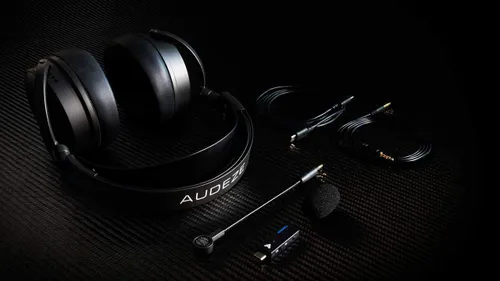
Low frequencies can put significant strain on your headphone drivers. To reduce this stress, consider adjusting the equalizer (EQ) settings. Many smartphones and music players have built-in EQs, or you can use third-party apps like Wavelet. Lowering the bass levels can help prolong your headphones' lifespan.
If your headphones don't have a dedicated bass driver, avoid using bass boost features. These features can negatively impact sound quality and put unnecessary strain on the drivers.
By making these adjustments, you can help protect your headphones from damage caused by excessive bass.
Popular News
Latest News
Loading

